-
 Bitcoin
Bitcoin $117500
2.15% -
 Ethereum
Ethereum $3911
6.19% -
 XRP
XRP $3.316
10.79% -
 Tether USDt
Tether USDt $1.000
0.01% -
 BNB
BNB $787.2
2.24% -
 Solana
Solana $175.2
4.15% -
 USDC
USDC $0.9999
0.00% -
 Dogecoin
Dogecoin $0.2225
8.40% -
 TRON
TRON $0.3383
0.28% -
 Cardano
Cardano $0.7868
6.02% -
 Stellar
Stellar $0.4382
9.34% -
 Hyperliquid
Hyperliquid $40.92
7.56% -
 Sui
Sui $3.764
7.63% -
 Chainlink
Chainlink $18.48
10.66% -
 Bitcoin Cash
Bitcoin Cash $582.1
1.88% -
 Hedera
Hedera $0.2601
6.30% -
 Avalanche
Avalanche $23.33
4.94% -
 Ethena USDe
Ethena USDe $1.001
0.02% -
 Litecoin
Litecoin $122.3
2.04% -
 UNUS SED LEO
UNUS SED LEO $8.969
-0.27% -
 Toncoin
Toncoin $3.339
0.86% -
 Shiba Inu
Shiba Inu $0.00001287
4.30% -
 Uniswap
Uniswap $10.43
7.38% -
 Polkadot
Polkadot $3.861
5.08% -
 Dai
Dai $1.000
0.02% -
 Bitget Token
Bitget Token $4.513
3.41% -
 Monero
Monero $267.7
-6.18% -
 Cronos
Cronos $0.1499
4.14% -
 Pepe
Pepe $0.00001110
5.15% -
 Aave
Aave $284.9
8.28%
How to operate Gate.io contract lightning liquidation? What is the difference with ordinary liquidation?
Gate.io's contract trading features ordinary and lightning liquidation; the latter uses a closer trigger price for faster execution to manage risks in volatile markets.
May 01, 2025 at 08:56 pm
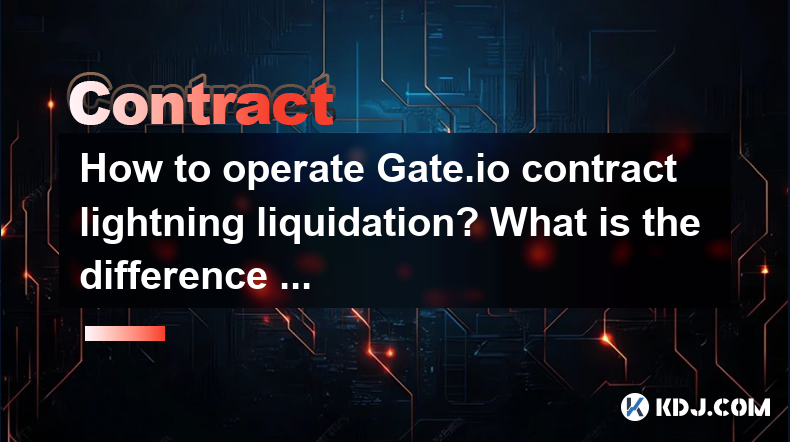
Introduction to Gate.io Contract Trading
Gate.io is a well-known cryptocurrency exchange platform that offers various trading options, including contract trading. Contract trading on Gate.io allows users to engage in futures and perpetual contracts, which can be leveraged to increase potential returns. One of the key features in contract trading is the liquidation process, which comes in two forms: ordinary liquidation and lightning liquidation. Understanding the differences between these two types of liquidation is crucial for traders to manage their risks effectively.
What is Ordinary Liquidation?
Ordinary liquidation on Gate.io occurs when a trader's position is forcibly closed due to insufficient margin to maintain the position. This typically happens when the market moves against the trader's position, causing the margin balance to fall below the maintenance margin level. Here's how ordinary liquidation works:
- Maintenance Margin: When the margin balance in a trader's account falls below the required maintenance margin, the position becomes subject to liquidation.
- Liquidation Price: The liquidation price is the price at which the position will be liquidated if the market reaches it. This price is calculated based on the initial margin, leverage, and the current market price.
- Execution: Once the market price hits the liquidation price, the exchange will automatically close the position at the best available market price to minimize losses.
What is Lightning Liquidation?
Lightning liquidation is a more aggressive form of liquidation introduced by Gate.io to manage risks more efficiently. It is designed to prevent the accumulation of large losses by liquidating positions more quickly than ordinary liquidation. Here’s how lightning liquidation operates:
- Trigger Price: Lightning liquidation uses a trigger price that is set closer to the current market price than the liquidation price used in ordinary liquidation. This means that positions can be liquidated sooner.
- Speed of Execution: The speed at which lightning liquidation occurs is significantly faster than ordinary liquidation. This rapid execution aims to minimize the impact of market volatility on the trader's position.
- Risk Management: By liquidating positions earlier and faster, lightning liquidation helps to manage the risk of cascading liquidations that could occur in highly volatile markets.
How to Operate Gate.io Contract Lightning Liquidation
To operate Gate.io contract lightning liquidation effectively, traders need to understand the settings and how to adjust them. Here are the steps to manage lightning liquidation:
- Access the Trading Interface: Log into your Gate.io account and navigate to the contract trading section.
- Select the Contract: Choose the specific futures or perpetual contract you wish to trade.
- Adjust Leverage and Margin: Set your desired leverage and ensure you have enough margin to cover potential losses.
- Check Liquidation Settings: In the contract trading interface, look for the liquidation settings. Here, you can see the current liquidation price and the trigger price for lightning liquidation.
- Monitor Your Position: Keep an eye on your position and the market price. If the market moves against your position, be prepared for a lightning liquidation if it reaches the trigger price.
- Adjust Settings if Needed: If you want to change the trigger price for lightning liquidation, you can do so within the settings. Be aware that setting the trigger price too close to the current market price may result in more frequent liquidations.
Differences Between Ordinary and Lightning Liquidation
The primary differences between ordinary and lightning liquidation lie in the speed of execution and the trigger points:
- Trigger Price: Ordinary liquidation uses a liquidation price that is typically further away from the current market price compared to the trigger price used in lightning liquidation. This means that lightning liquidation can occur sooner.
- Speed of Execution: Lightning liquidation is executed much faster than ordinary liquidation, reducing the time between the trigger and the actual liquidation.
- Risk Management: Lightning liquidation is designed to manage risks more aggressively by liquidating positions earlier, which can help prevent large losses in volatile markets. Ordinary liquidation, on the other hand, may allow positions to remain open longer, potentially leading to larger losses if the market continues to move against the position.
Practical Example of Lightning Liquidation
To illustrate how lightning liquidation works in practice, consider the following scenario:
- Scenario: A trader opens a long position on a Bitcoin perpetual contract with a leverage of 10x. The current market price of Bitcoin is $30,000.
- Initial Margin: The trader deposits $3,000 as the initial margin.
- Maintenance Margin: The maintenance margin required is $1,500.
- Liquidation Price (Ordinary): The liquidation price for ordinary liquidation is calculated to be $27,000.
- Trigger Price (Lightning): The trigger price for lightning liquidation is set at $28,000.
If the market price of Bitcoin falls to $28,000, the lightning liquidation will be triggered, and the position will be closed quickly. In contrast, if the market price continues to fall and reaches $27,000, the ordinary liquidation would then be triggered.
FAQs
Q1: Can I avoid lightning liquidation by adjusting the trigger price?
A1: Yes, you can adjust the trigger price for lightning liquidation within the settings of your trading interface. However, setting the trigger price too close to the current market price may result in more frequent liquidations, so it's important to balance risk and potential returns.
Q2: Does lightning liquidation affect my trading fees?
A2: Lightning liquidation itself does not directly affect trading fees. However, the rapid execution of lightning liquidation may result in slightly higher slippage costs due to the speed at which the position is closed.
Q3: How can I monitor my positions to avoid unexpected liquidations?
A3: To monitor your positions effectively, use the real-time data and alerts provided by Gate.io. Set up price alerts to notify you when the market approaches your liquidation or trigger prices, and regularly check your margin balance and position status.
Q4: Are there any strategies to minimize the risk of lightning liquidation?
A4: Yes, several strategies can help minimize the risk of lightning liquidation. These include using lower leverage, setting stop-loss orders, regularly monitoring market conditions, and adjusting your trigger price to a level that balances risk and potential returns.
Disclaimer:info@kdj.com
The information provided is not trading advice. kdj.com does not assume any responsibility for any investments made based on the information provided in this article. Cryptocurrencies are highly volatile and it is highly recommended that you invest with caution after thorough research!
If you believe that the content used on this website infringes your copyright, please contact us immediately (info@kdj.com) and we will delete it promptly.
- Bitcoin, Meme ICOs, and FOMO: Catching the Next Crypto Wave
- 2025-08-08 18:30:34
- OM, Investment, and Growth: Decoding the Latest Trends in Digital Assets
- 2025-08-08 18:30:34
- SNEK, Cardano, and the Contributor's Conundrum: A Meme Coin's Fight for Recognition
- 2025-08-08 16:30:12
- Toshi Crypto's Wild Ride: Rally, Demand Slump, and What's Next
- 2025-08-08 16:30:12
- Ethereum, Staking Yields, and DeFi Exposure: A New Era for Investors?
- 2025-08-08 15:10:12
- Unilabs Pumps MIA, Binance Coin Bouncing Back, and Ethereum's Bearish Blues
- 2025-08-08 15:10:12
Related knowledge
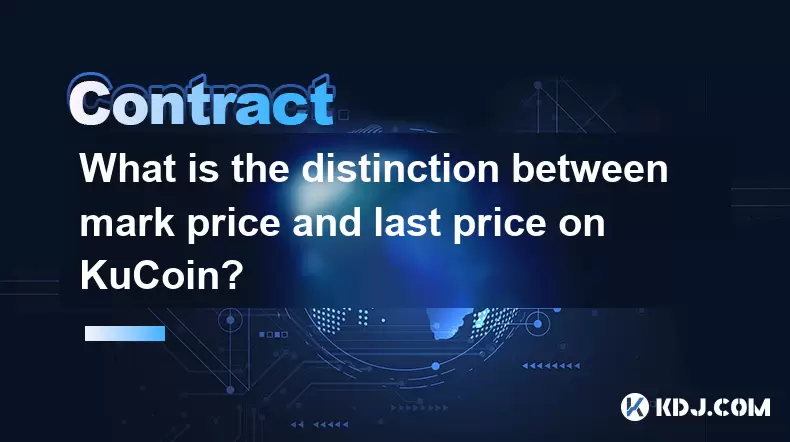
What is the distinction between mark price and last price on KuCoin?
Aug 08,2025 at 01:58pm
Understanding the Basics of Price in Cryptocurrency TradingIn cryptocurrency exchanges like KuCoin, two key price indicators frequently appear on trad...
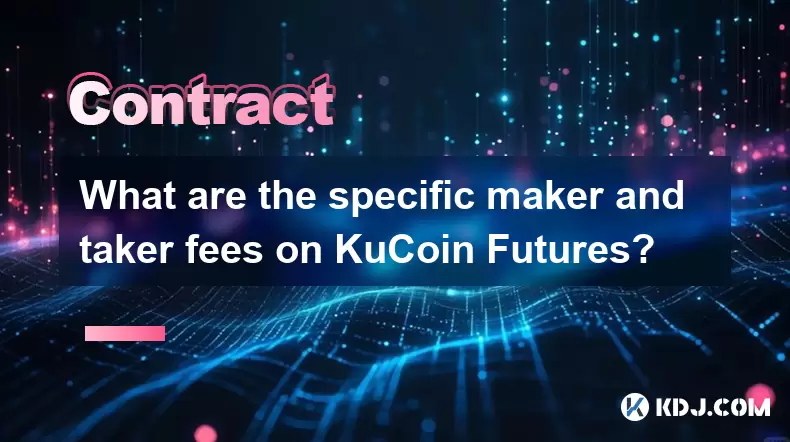
What are the specific maker and taker fees on KuCoin Futures?
Aug 08,2025 at 08:28am
Understanding Maker and Taker Fees on KuCoin FuturesWhen trading on KuCoin Futures, users encounter two primary types of fees: maker fees and taker fe...
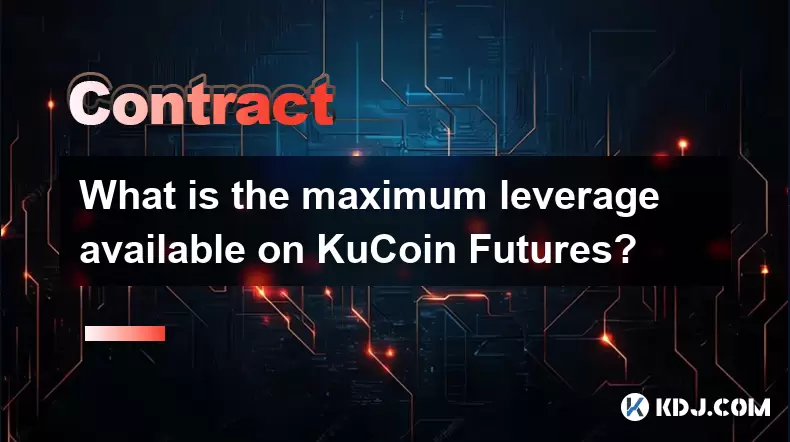
What is the maximum leverage available on KuCoin Futures?
Aug 08,2025 at 10:21am
Understanding Leverage in KuCoin Futures TradingLeverage in KuCoin Futures allows traders to control a larger position size using a smaller amount of ...
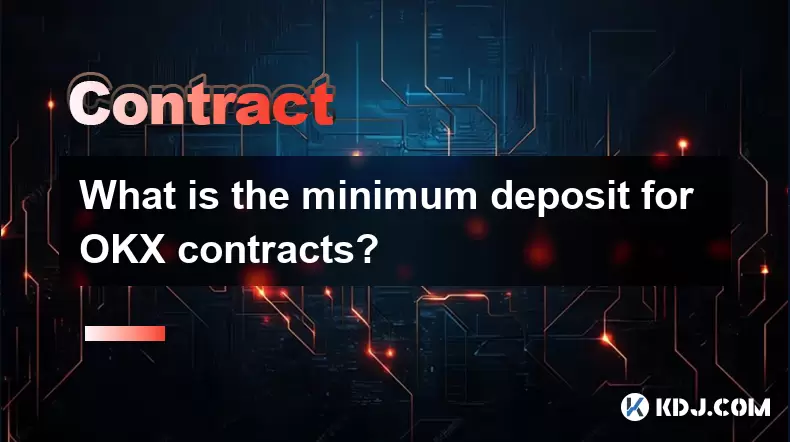
What is the minimum deposit for OKX contracts?
Aug 08,2025 at 07:00am
Understanding OKX Contract Trading BasicsOKX is one of the leading cryptocurrency derivatives exchanges, offering a wide range of perpetual and future...
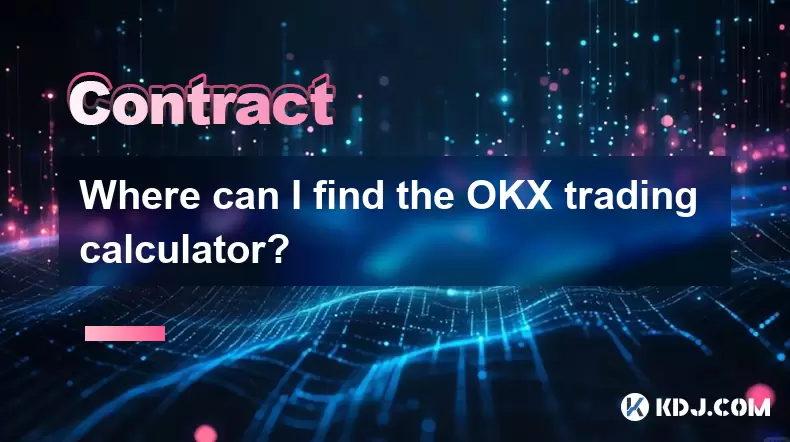
Where can I find the OKX trading calculator?
Aug 08,2025 at 07:49am
Understanding the OKX Trading Calculator FunctionalityThe OKX trading calculator is a powerful analytical tool designed to assist traders in estimatin...
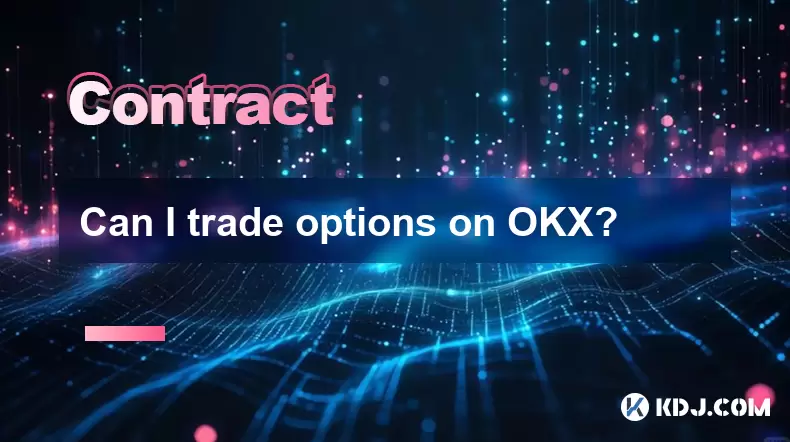
Can I trade options on OKX?
Aug 08,2025 at 11:01am
Understanding Options Trading on OKXYes, you can trade options on OKX. OKX is one of the leading cryptocurrency derivatives exchanges that offers a de...

What is the distinction between mark price and last price on KuCoin?
Aug 08,2025 at 01:58pm
Understanding the Basics of Price in Cryptocurrency TradingIn cryptocurrency exchanges like KuCoin, two key price indicators frequently appear on trad...

What are the specific maker and taker fees on KuCoin Futures?
Aug 08,2025 at 08:28am
Understanding Maker and Taker Fees on KuCoin FuturesWhen trading on KuCoin Futures, users encounter two primary types of fees: maker fees and taker fe...

What is the maximum leverage available on KuCoin Futures?
Aug 08,2025 at 10:21am
Understanding Leverage in KuCoin Futures TradingLeverage in KuCoin Futures allows traders to control a larger position size using a smaller amount of ...

What is the minimum deposit for OKX contracts?
Aug 08,2025 at 07:00am
Understanding OKX Contract Trading BasicsOKX is one of the leading cryptocurrency derivatives exchanges, offering a wide range of perpetual and future...

Where can I find the OKX trading calculator?
Aug 08,2025 at 07:49am
Understanding the OKX Trading Calculator FunctionalityThe OKX trading calculator is a powerful analytical tool designed to assist traders in estimatin...

Can I trade options on OKX?
Aug 08,2025 at 11:01am
Understanding Options Trading on OKXYes, you can trade options on OKX. OKX is one of the leading cryptocurrency derivatives exchanges that offers a de...
See all articles

























































































